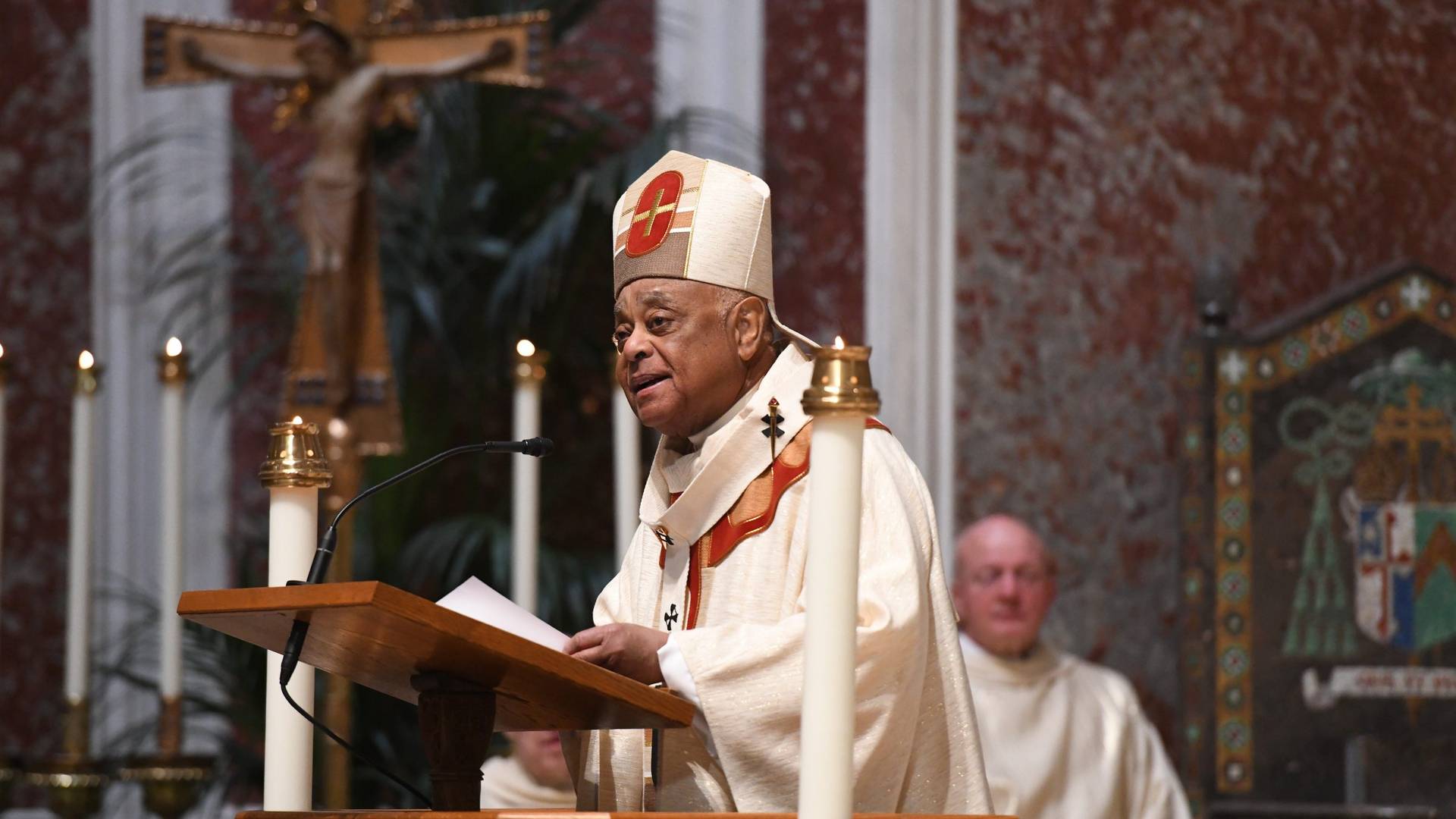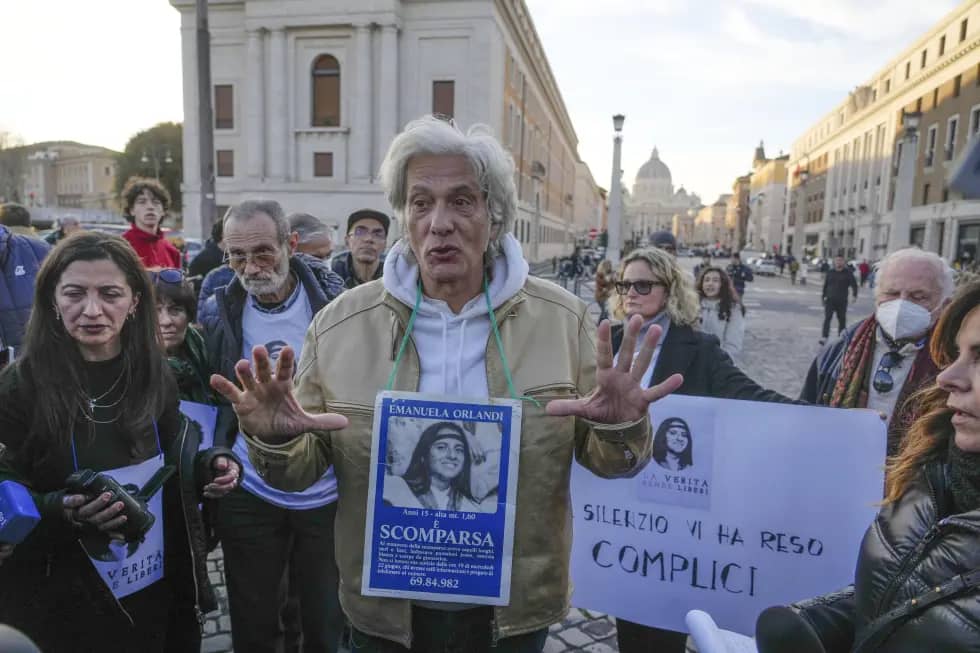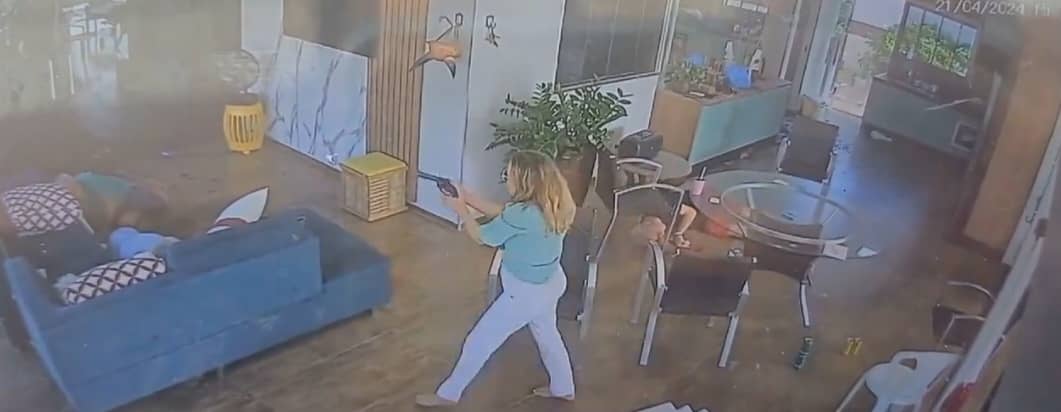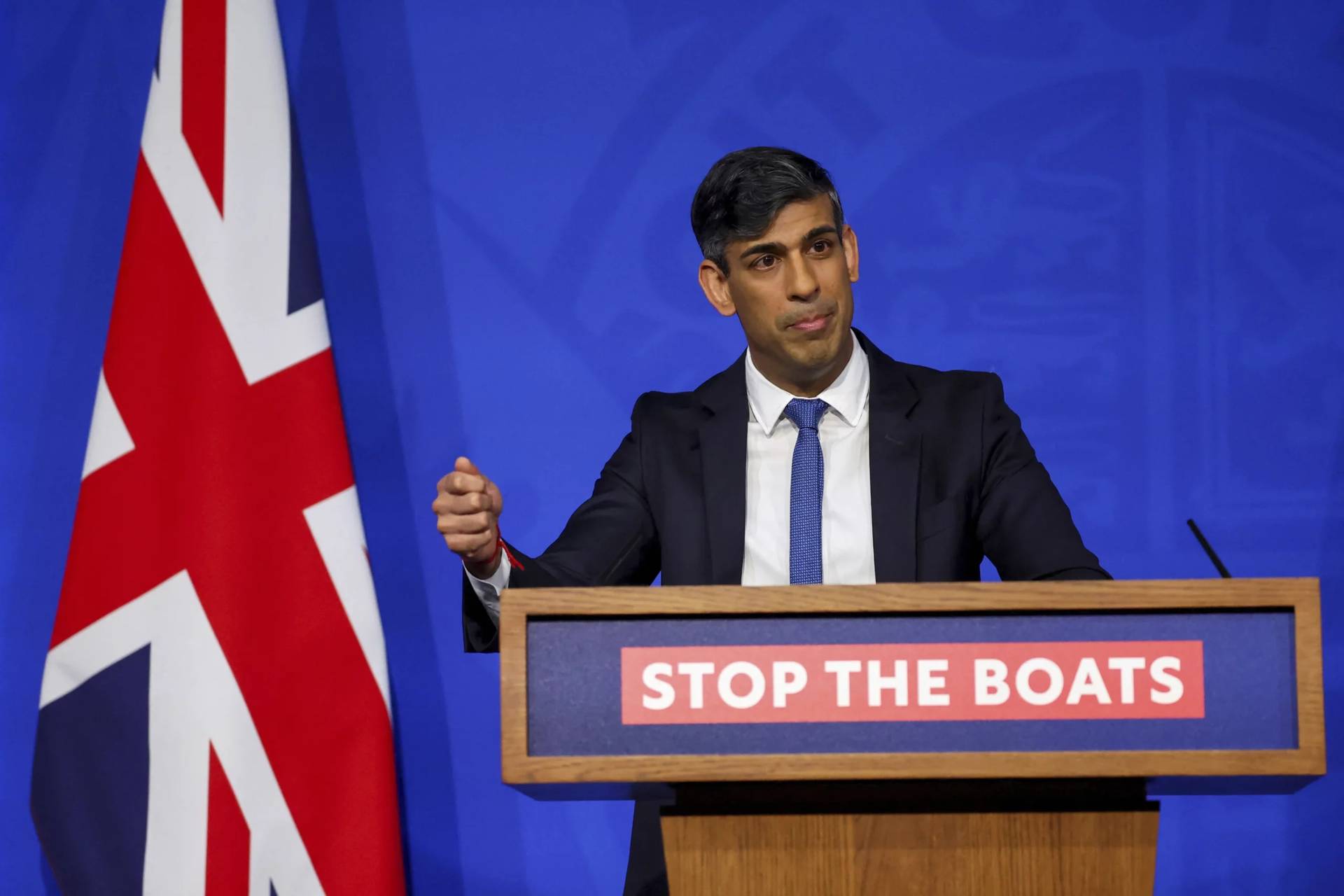ORLANDO, Florida – Given that the Catholic Church in America has roots that go back well before there was such a thing as the “United States,” very little is truly unprecedented. Yet the “Convocation of Catholic Leaders” unfolding July 1-4 in Orlando, Florida, is close – a gathering of around 3,500 bishops, clergy and laity, representing 80 percent of the dioceses in the country, together pondering Catholic prospects in the 21st century.
Cardinal Daniel DiNardo of Galveston-Houston, the President of the United States Conference of Catholic Bishops, and thus, in a sense, the host, says one soundbite of stating its aim is this: Figuring out how to apply the vision laid out by Pope Francis in Evangelii Gaudium, “The Joy of the Gospel,” in the America of the here-and-now.
Of that document, DiNardo said, “He certainly thinks it’s really important, and if the pope thinks it’s important, then we think it’s important!
“Maybe it’s too prosaic to say it, but I also think [the purpose of the convocation] to bring the Church together and say, ‘We are one in Jesus’,” DiNardo said.
“We can do something with that, even in light of so many ups and downs, the various parts of the country we have, the various points of view, the ‘nones,’ the millennials whatever,” he said.
On other fronts, DiNardo:
- Expressed “cautious optimism” on the significance of the recent Trinity Lutheran case at the U.S. Supreme Court that’s been hailed as a major breakthrough for religious freedom, saying the decision itself is narrow but he hopes it will “open the door” to other positive developments.
- Stressed that while the Church needs to help persecuted Christians, it’s also important that relief efforts reach out to other afflicted groups and thus “not only Catholics,” and applauded organizations such as the Catholic Near East Welfare Association and Catholic Relief Services for working on that model.
- Said that while he doesn’t necessarily detect a “Francis effect” in terms of increased numbers at Mass, there certainly is “a positive image of the Catholic Church because of Francis.” That image, he said, sometimes is also a “teaching moment,” because it comes bundled with the impression that he’s overturning the Church’s “old, tired rules,” something DiNardo said the pope isn’t actually doing.
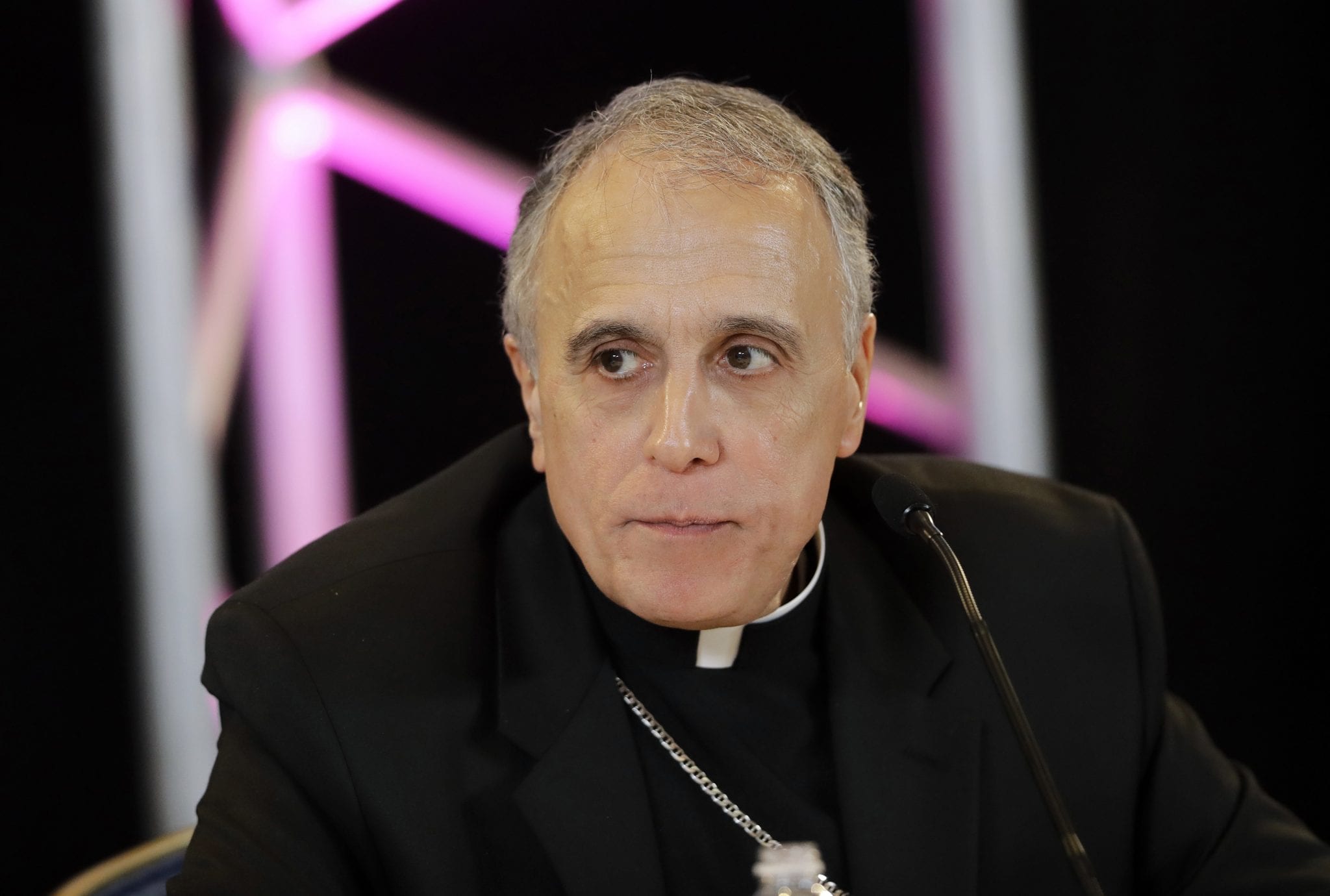
The following are excerpts from Crux’s conversation with DiNardo. The interview will also appear shortly in video form on the Crux Youtube page.
Crux: What are you hoping will happen here? What will you get out of it?
DiNardo: I think the initial gestation and idea of it happened when I was chair of the Pro-Life Committee, way back when. They started to do research about what they called ‘left brain, right brain’ thinking. They were trying to figure out how we can deal, within the Church, with points of view that really should be complementary but sometimes are in tension … the pro-life and the social justice people, for instance.
They continued to do that work, and it seems to me what’s happened is they realized, and this really shouldn’t be surprising to anyone, a lot of how people live doesn’t follow along ideological lines at all. There’s something a little deeper that’s going on. This gave rise to the idea of groups coming together talking about our Catholic faith, that we have lots in common, that in the Catholic Church in the United States what you hear publicly is all this stress and tension, but sometimes day-by-day in parishes and so on, there’s much more give-and-take and unity.
In part because it’s smaller scale, right?
Sure. So it opened up, and it’s blossomed into all manner of groups and people being involved in this. I certainly think the push that’s brought it to where it is now is the election of Pope Francis and his post-synodal document, Evangelii Gaudium. [“The Joy of the Gospel,” released in 2013], which is, in fact, guiding what we do here.
It’s also been described as the “Magna Carta” of his entire papacy.
Yes. He certainly thinks it’s really important, and if the pope thinks it’s important, then we think it’s important!
Is one way of describing the purpose of this convocation as trying to figure out how to apply the principles of Evangelii Gaudium in the here-and-now of the United States?
I certainly think that’s one good description of it. Maybe it’s too prosaic to say it, but I also think it’s to bring the Church together and say, ‘We are one in Jesus.’ We can do something with that, even in light of so many ups and downs, the various parts of the country we have, the various points of view, the ‘nones,’ the millennials whatever.
Despite all that, there is an appreciation for not just spiritual realities, but for the Gospel. That’s what we want to exploit, not in some manipulative way, but we want to move forward with it. At least, that’s my hope.
You mentioned the tension between the pro-life and social justice people in the Church. You could go on listing constituencies – the liturgical camp, the Church reform camp, the traditional camp, and so on. I’ve often wondered when and where people from all these different groups rub shoulders. Is this convocation one way of answering that question?
This, certainly, is one way to do it, depending on the good will of so many of those groups to come here … that’ll be the interesting thing. We do seem to have a good variety.
The vitality of the Catholic Church in the United States is not something to vaunt, it’s not something where we say, ‘Look at who we are!’ But a nuncio years and years ago, Archbishop Pio Laghi, who later became Cardinal Laghi, used to have some funny lines about the Catholic Church in the United States. He’d say, ‘When it’s sunny there, there are rays in other parts of the world. When it’s raining there, the clouds are forming in other parts of the world.’ It was a funny way of saying, ‘You have more influence than you think, even though you’re only six percent of the world’s Catholic population.’
It was typical Italian, maybe a little over the top, but I do have the sense that even other churches look to the Catholic Church in the United States, both in its ups and downs, and they see a leader church.
Listen, we have some troubles in some parts of the country in terms of our people going to church, etc., but even when we’re not doing so well, if you look at some other local churches in other parts of the world, we’re still on top. The question now is, do we have a place where, in those places we’re weak, we can talk to each other and figure out how to move forward? I see that as an important goal.
On your point, do you know how I’ve sometimes described the difference between the Catholic Church and the Anglican Communion?
No, and I won’t comment!
You don’t have to comment, just listen. Here’s the difference: If the Pope goes to New York, it’s total gridlock. If the Archbishop of Canterbury goes to New York, he’s out on 5th avenue hailing a cab just like you and me.
(laughing) There’s some element of truth to that …
My point is that we have the biggest ‘bully pulpit’ in religion.
Sure. I won’t even name the church, but I remember a very important leader of another church, this is when I was still in Iowa getting ready to move to Houston and we were having a kind of farewell. This guy came up and said, ‘You know, your church is a mess. But, ours is an absolute mess!’
At the same time, you mentioned the ‘nones’ and the non-affiliated. You easily could have added the stunning number of ex-Catholics – they would be the second-largest denomination in America if they thought of themselves that way. So we’ve got resources, but we also have a real problem. Why do you think that’s happening, and what’s the right evangelical strategy to deal with it?
I’m no prognosticator on this. I’ve been as puzzled as many others. I do think that in general, institutions in the United States are suffering right now. We form part of a number of institutions that have been up against it … you look at some of the financial things that have happened, for instance … there are a number of things that have happened to make people nervous about institutions, not the least of which is government. That plays a role.
Young people today, who are so ubiquitous on social media, think they can connect with people on social media, which can happen. But you find simultaneously an incredible loneliness. The seed of the difficulty is the seed of the solution. We have to dig into where that loneliness is, and show them a Jesus who accompanies them.
I think Pope Francis is very, very wise in stressing accompaniment. Wherever people are at first, you bring them along, including the young people and the ‘nones.’ Well, there would be a group of them so thoroughly secularized that they’ve even lost the ability to know they’re lonely. For a lot of them, though, that’s a real issue. What does Jesus do frequently in the gospels? He sees a whole crowd and says, ‘They’re like sheep without a shepherd.’ He has compassion, and then he begins to teach, he works miracles, and he begins to draw people to himself. We should follow his lead.
When the crowd is hungry at the multiplication of loaves, the first thing Jesus says to the twelve is, ‘You feed them.’ Then – and I’ve used this before, it’s become an apostolic thing now – they whine! ‘What do you mean, we do it? We don’t have anything!’ All Christ Jesus says is, ‘Just bring me what you have.’ I think that’s what something like this is trying to do. Let’s bring the Lord what we do have, in resources and so on, and let’s see what happens.
If we put our trust in the Lord, the combination of multiple voices … this is my hope … will produce something they wouldn’t if they were all sitting by themselves.
In a way, that’s the genius of Pope Francis, isn’t it? The fundamental thing a lonely person wants to know is that someone cares about them, and he just projects palpable concern.
That’s true, and it’s very powerful. In a media culture, he uses that well to get at the personal.
Speaking of Francis, we’re coming up on the five-year anniversary of his election. Do you see any ‘Francis effect’ in terms of people coming back to church, going to confession, anything like that?
My take on it is, there’s a positive image of the Catholic Church because of Francis. I’m not so sure he’s getting all kinds of people to come back to church … I hope so, but I can’t tell that. But in terms of a positive attitude, it’s real.
This is purely anecdotal, but I’ll be in airports – unfortunately, sometimes I’m an airport bishop, even though I don’t want to be – and somebody will come up to me, a non-Catholic, and say, ‘I like your new pope.’ Why would they want to tell me? Obviously, he’s struck a vein.
When you press and ask why they like him, what do you hear?
He seems open. He seems like he loves people, he likes being around people. Of course, some will say, ‘He doesn’t like your old, tired rules.’ I take that to heart, since I actually like some of those old-time rules! I don’t think he’s necessarily changing them, but in any case, you will hear that.
But that’s a teaching moment, isn’t it?
Sure it is.
This convocation is taking place during the annual Fortnight for Freedom campaign, sponsored by the bishops’ Permanent Committee for Religious Liberty, to foster appreciation for religious freedom domestically and abroad. Is that on purpose?
Originally I’m not sure, but it’s a good coincidence because it gives us a chance to put together some of our concerns throughout the world, as we’re seeing now, and even in our own country on religious liberty, as one piece of the whole picture.
This year it’s happening right after the Trinity Lutheran decision of the U.S. Supreme Court, which has been hailed as a big win for religious freedom. Do you agree, and does this suggest the wheels are turning in America in a more pro-religious freedom direction?
To answer the last question, I think that’s a little over-interpreting, because the decision is rather narrow. What’s good is that it was so positive.
And it was 7-2.
That’s correct. So, even though the decision is narrow, it can open up cases relative to these Blaine Amendments and other things in the United States. A Blaine Amendment says that you can’t give any help to religious, in particular to Catholic, schools. That anti-Catholic orientation is what moved it in many states, way back in the 1800s. The fact that it opened the door was, for us, really significant, beyond the fact that it allowed this in the case of the Lutheran school.
It opens the door so that things can be done, and that can be very powerful. Does it mean that we’re changing the outlook? I’ll wait to see what happens with some pressing things on religious freedom cases. Like, what happens when Health and Human Services issue regulations [on the contraception mandates as part of health care reform]. President Trump put out an executive order regarding the Little Sisters of the Poor, but it’s very limited.
But if Health and Human Services would do programs and regulations that would make this more broad, then we can say, oh, yes. Through the government and even the courts, we see a certain amount of openness to religious freedom, and that’s good. We’d take everything, but we always want to move step by step with it.
So, in other words, cautious optimism?
Absolutely, that would be true.
Internationally, many of our brothers and sisters in the faith face threats to their religious freedom that are much more lethal. A particular focus has been Christians in Iraq and Syria. What can single individuals do about it?
When some of these Christian communities land in your neighborhood, perhaps in your part of the world, welcome them, be attentive to them, make sure you contribute to Catholic Near East Welfare or CRS. They’re the ones on the ground. They’re not only holding hands, but providing relief and support.
Most public aid is distributed through the UN camps. But Christians are afraid to go there, so they go to churches, convents, monasteries. Without the Catholic aid organizations, they would have been completely adrift.
Organizations that help not only Catholics.
Of course, and that’s what’s amazing about all of this. They’re doubling their efforts, obviously for these Christians who are so afraid, but also to other, even Islamic groups, who are not in favor. I like CRS and CNEWA because they’re attentive to all on the ground.
You’re now a little over six months into being president of the U.S. bishops’ conference. Has that given you a new appreciation of the role of the USCCB?
It does, in so far as the work of the staff at the general secretariat in Washington is intense. I’m on a meeting every day by phone. So, you realize the amount of work that they do. The second thing is, that the work they’ve done responds to the challenge of the bishops’ committees. The chair of those committees really have their work cut out for them.
The USCCB is busier than I thought, but it can also work quietly and get things done. Even in terms of Congress, they’re well known.







